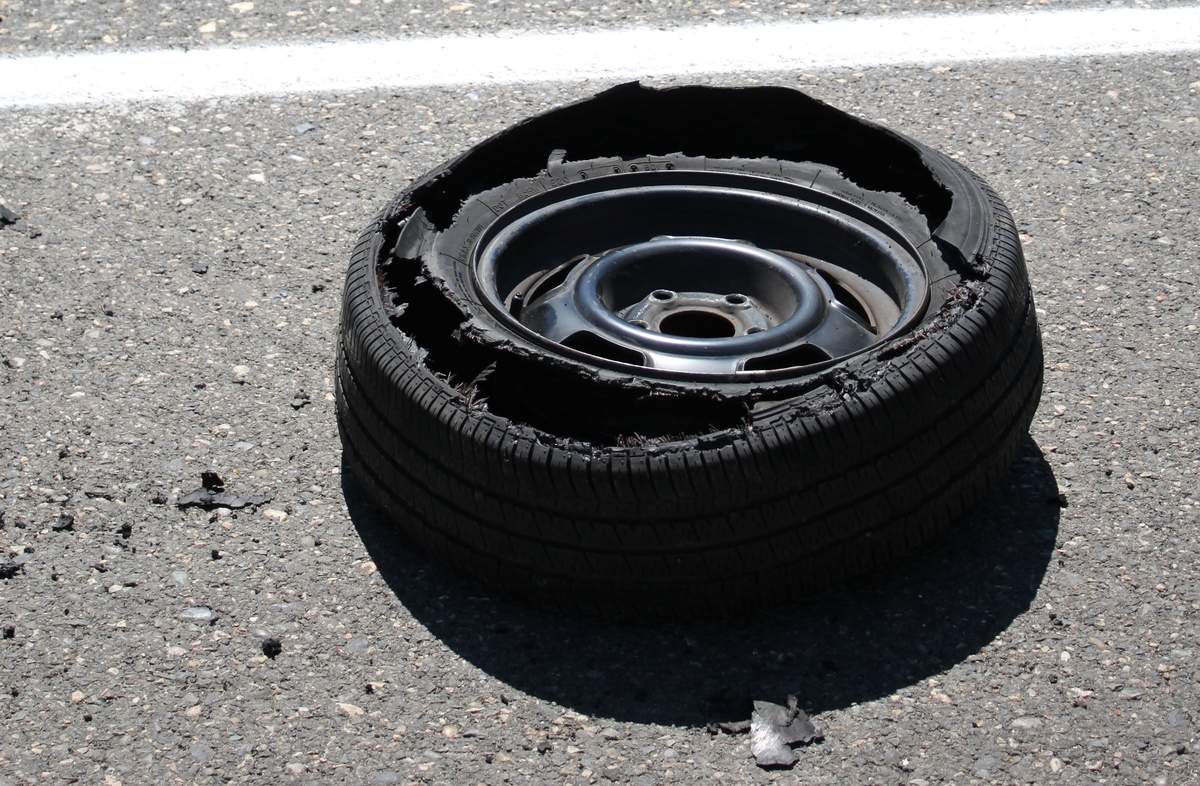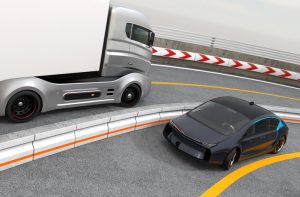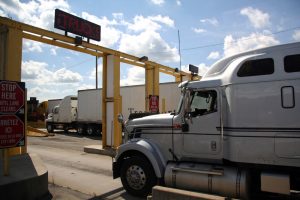Don’t you hate it when your tires blowout on the freeway? It’s such a drag. But just imagine how much more difficult it must be when your truck isn’t manual! Autonomous trucks may be the future, but it’s not a very positive future if they can’t handle the bare necessities of auto repair.
Like fixing a blown-out tire. What’s stopping autonomous trucks from overcoming humans?
For starters, the statistics. According to Fatal Accident Recording System data of the federal persuasion, in 2020 alone, 28 fatal truck crashes out of 4,965 list themselves as existing by way of a flat tire or a blowout, so to speak. While not alarming to the untrained eye, what the general public may not know is that in a ten-year span up to that fateful year of 2020, 307 deaths have occurred because of flat tires and blowouts. So the ramifications for such highway murder, even of no inherent intent, to occur on the watch of autonomous trucks could very well be elephantine and enough to topple the whole industry as we know it.
It’s a pretty grim future that Don Burnette, CEO of Kodiak Robotics, is all too familiar with. “We can talk about redundancy in our sensors, machine-learning algorithms and all this fancy stuff until we’re blue in the face. But at the end of the day, if you press the brake pedal and your tires don’t respond, it’s not useful. We knew from the very beginning that we needed to figure out ways to improve upon, or at least understand as deeply as possible, how to maintain the integrity and quality of the tires during autonomous operations.”
Blown-out tires are also not going to take it easy on this budding technology, autonomous trucks.
TuSimple, one of the beginning autonomous trucking startups, has made much of an announcement that that their autonomous trucks are going to be testing driverless trucks. Tu Simple is working with Goodyear Tire and Rubber Company to add tires to plenty of issues for early research to see driverless trucks handle. Blowouts are typically a ten-minute fix, depending on whether or not the rim is to be removable. Therefore, with the scenario hitting a fleet of potentially autonomous trucks, a mobile repair unit dispatches.
Burnette believes that Kodiak is going to to give off strong sensor data collection on a variety of scenarios, including cornering, acceleration, torque, temperature, and braking pressure.
Humans will still do inspections on autonomous trucks, no matter what the case may be with developing sensor-based, tire pressure recognition technology. Goodyear, for instance, will incorporate different types of sensors, built-in to work with the commercial vehicles in order to I.D. air pressure loss.
So maybe there’s still an inflated future, full of positivity, after all.




